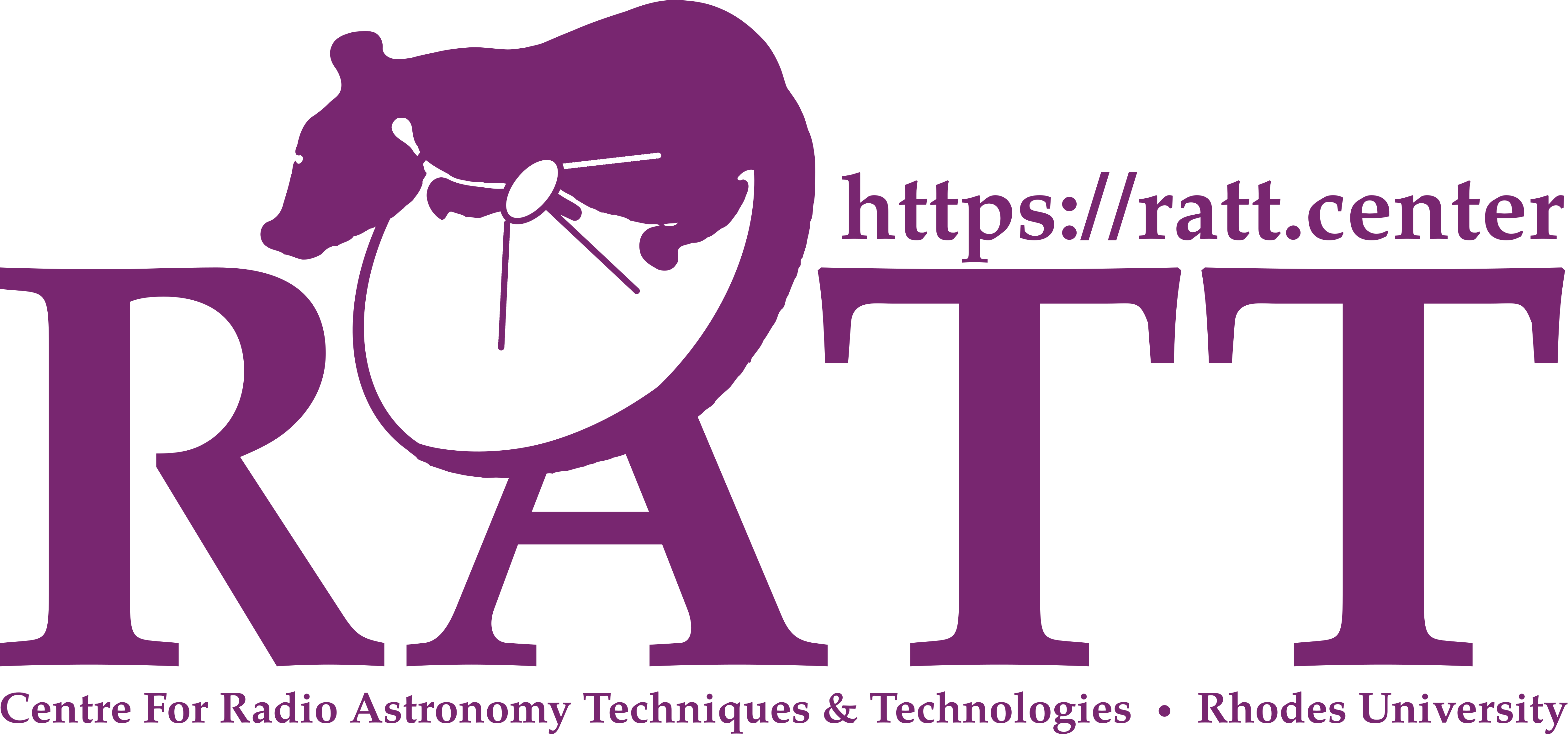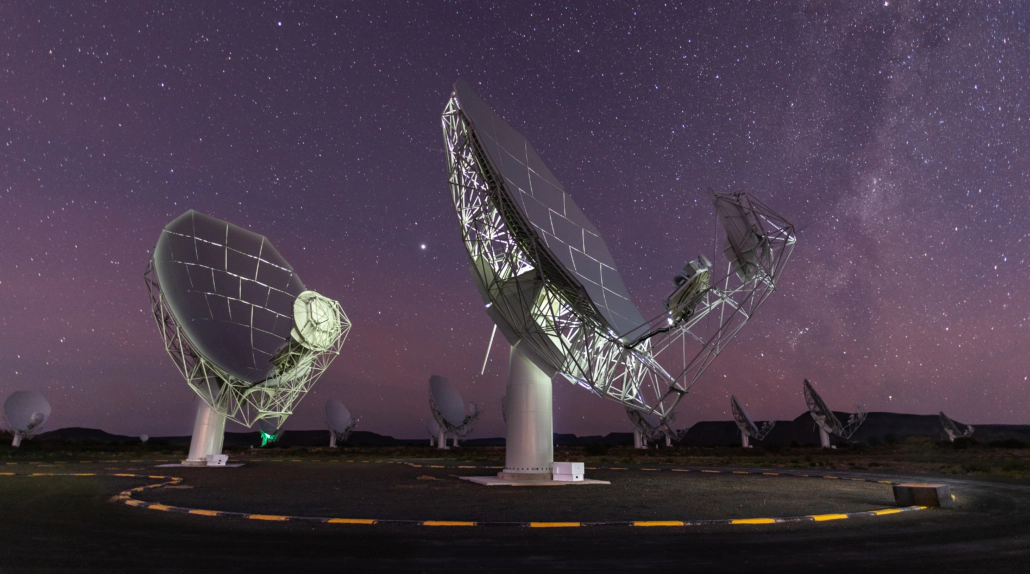The Radio Sky I: Science and Observations
The serendipitous and unexpected discovery of radio emission from celestial objects opened up the possibility of studying a new and exciting view of the universe beyond the visible spectrum. Astronomers have been studying the cosmos in visible light since ancient Greece, but it is only in comparatively modern times that the universe beyond the visible spectrum has become accessible to us.
In this course you will learn about the most important objects that emit in the radio regime, both within and beyond our own galaxy. Covering topics from the birth and death of stars to the detection of Gravitational waves you will learn how radio observations contribute to a richer understanding of the universe we inhabit. This course also introduces the basics of radio detectors and the technologies we use to observe at radio wavelengths.
The video lectures from this MOOC are also available standalone on EPFL’s switch.ch channel.
The Radio Sky II: Observational Radio Astronomy
(This MOOC was developed jointly by RATT, SARAO and EPFL, and is hosted by EPFL on the edX platform.)
The video lectures from this MOOC are also available standalone on EPFL’s switch.ch channel, or via RATT’s YouTube channel
NRAO “Essential Radio Astronomy” Notes
RATT “Fundamentals of Interferometry” notebooks
SARAO E-Learning Portal
The SARAO E-Learning platform offers online teaching and training material to universities in South Africa and across the continent, allowing for more academic institutions to participate in radio astronomy research. Pre-recorded lectures and presentation slides, hands-on tutorials on a range of topics that includes using MeerKAT public data, as well as problem sets and solutions are available.
The materials and courses are generated and presented by SARAO and collaborating scientists and engineers, aiming to complement university training courses in order to garner interest among students and young professionals to pursue degrees in radio astronomy.
NRAO SYNTHESIS IMAGING WORKSHOP LECTURES
These lectures consist of both video and slide materials that cover most of the fundamentals of interferometry. They are based on the lectures from the 16th Synthesis Imaging Workshop that was held in 2018 in Socorro, NM.

